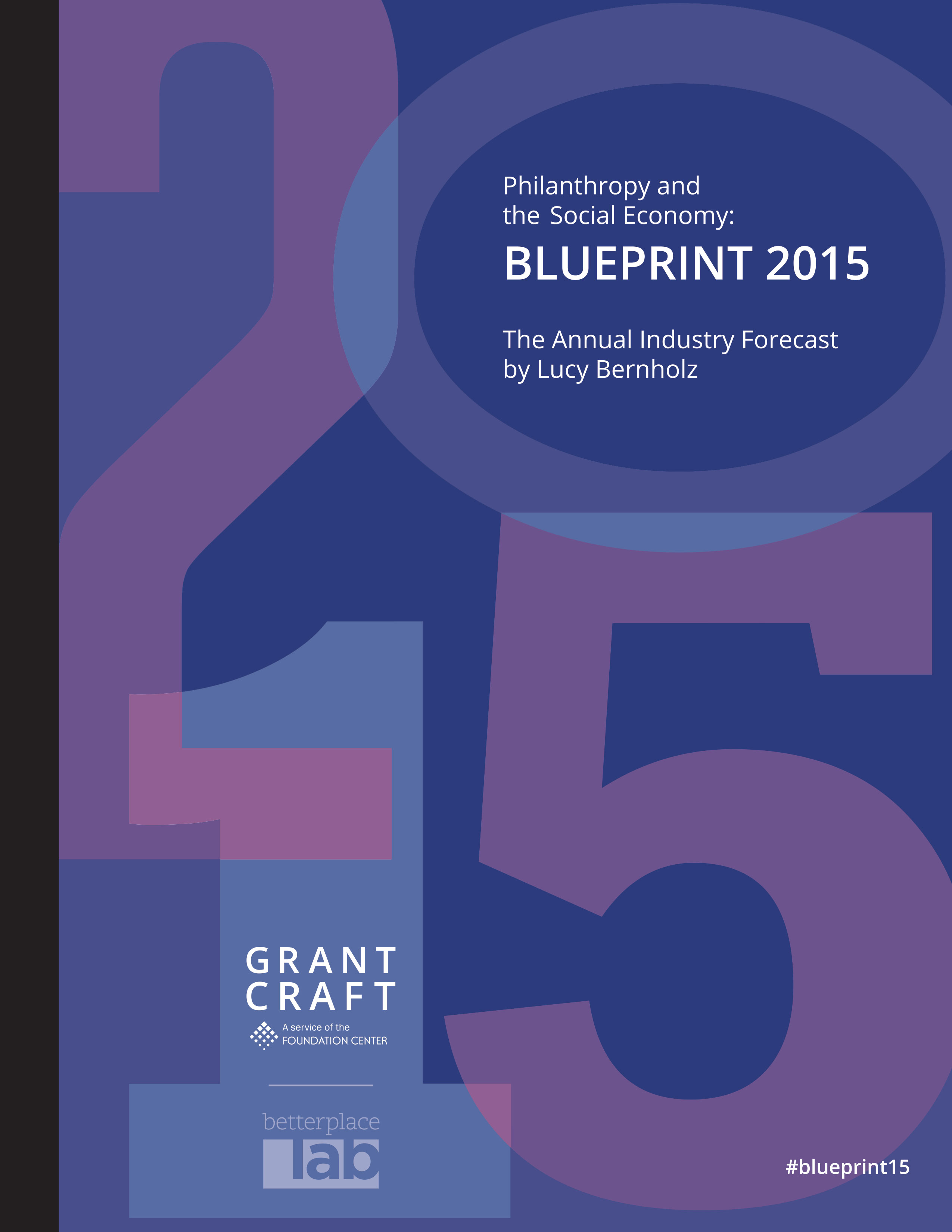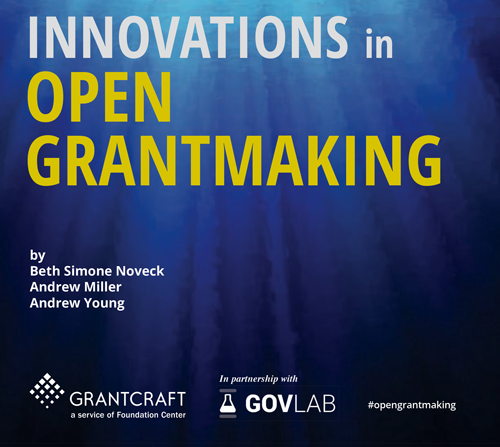Using Low-Cost Technology to Democratize Data and Protect Public Health: Case Studies in Pittsburgh
Over the past several years, the Environment & Health Program at The Heinz Endowments has prioritized work to help the Pittsburgh region become truly livable. Many metrics can contribute to a definition of a livable city, and Pittsburgh often touts itself as a “most livable” city. But it is hard to imagine how a city with dirty air, a notably toxic built environment, safe drinking water challenges, and other environmental health issues is most livable.
How bad is the problem? Pittsburgh ranks among the worst 12 percent of urban areas monitored in the United States for average annual particle air pollution. Allegheny County ranks in the top two-tenths of 1 percent with respect to cancer risk from power plants and other large industrial sources. The city is presently struggling to come to terms with drinking water quality challenges including lead-containing service lines in old housing infrastructure, sewage overflow from stormwater, and elevated disinfectant byproducts from the fossil fuel industry. These byproducts carry cancer risks, and the health threat is exacerbated by the coal fly ash and natural gas wastes in the city’s source waters.
In response, the Endowments has supported numerous efforts to develop low-cost technologies and data visualization platforms that reveal environmental conditions and can be used by the general public, educators, advocacy groups, and policymakers. Some of these tools and efforts are available through our Breathe Project initiative, such as the Breathe Cam with its live-camera views of the region and pollution maps showing the best estimates of the annual average concentrations of different pollutants in Allegheny County.
The Breathe Cam network technology was used to assist a community experiencing intense smell and health impacts from nearby industrial air pollution. The facility produced metallurgical coke, which is used in making steel. The CREATE Lab at Carnegie Mellon University designed a surveillance system that was installed in homes and businesses owned by private citizens and overlooking the coke works. The system provided continuous video, weather and pollution data that provided evidence of chronic emissions problems to regulatory authorities. This helped put pressure on government and industry to be more accountable to community well-being and public health. With increased scientific scrutiny and empirical evidence, there was more transparency and feedback to ensure that emissions violations would be corrected, and less pollution would burden the community.
 Recently, the CREATE Lab launched an app called Smell Pittsburgh. It provides geo-coded, crowd-sourced methods for engaging the public on air quality conditions in the city. Users can share their experiences, map environmental impact, and send formal complaints to regulators in real-time.
Recently, the CREATE Lab launched an app called Smell Pittsburgh. It provides geo-coded, crowd-sourced methods for engaging the public on air quality conditions in the city. Users can share their experiences, map environmental impact, and send formal complaints to regulators in real-time.
Here are four lessons that we’ve learned through our experience investing in the development and use of these tools:
- Use technically sophisticated and socially-oriented engineering teams who see their mission as helping to support communities and human well-being. Ideally, the team includes outreach persons who have media and communications training.
- From the start, the technical work as developed and executed should integrate community-based experience; this includes working with community members and advocacy groups.
- Develop a communications platform that can aggregate and analyze data; translate output into sharable information; and, ideally, support the efforts of advocacy networks.
- Ensure that the monitoring technologies work well, serve the needs of user groups, and are rigorously tested (ideally by third parties). In the rush to develop and provide low-cost sensor technologies – which can be technically challenging and complex – there is the risk of promoting and launching tools that are inadequate.
When thinking about using low-cost monitoring technologies and data visualization for strategic grantmaking, consider all objectives and design the implementation to meet those needs. We have learned that there is no all-purpose technology; trade-offs are necessary.
Moreover, the data should be relevant and readily usable by all. For example, a question to consider upfront is whether the data should be relevant to legal teams and regulators. Is the information that is gathered intended for educational outlets, such as classrooms? Will the data be publically shared, open-source, proprietary? Will the data have the ability to engage the public in meaningful ways?
Thanks to innovative and creative work to make data relevant and engaging to all, Pittsburgh is starting to experience a transformation toward a more equitable, just, and sustainable city. Individuals, communities and neighborhoods – especially those experiencing disproportionate harm from environmental challenges – are demanding more accountability of their regulatory and political leaders.
The Heinz Endowments is part of the Health & Environmental Funders Network (HEFN) who helped to curate this blog post. HEFN is the "go-to" place for grantmakers interested in environmental health and justice issues and works to mobilize philanthropy around solutions for environmental health and justice. Click here to learn more about their work.



